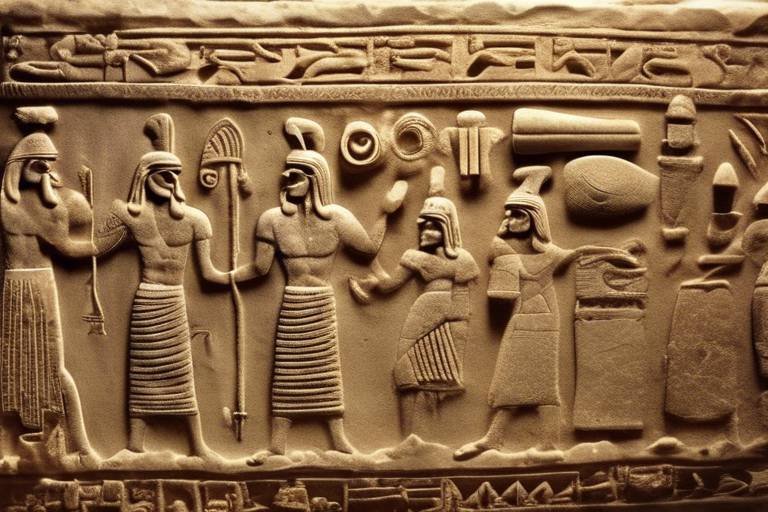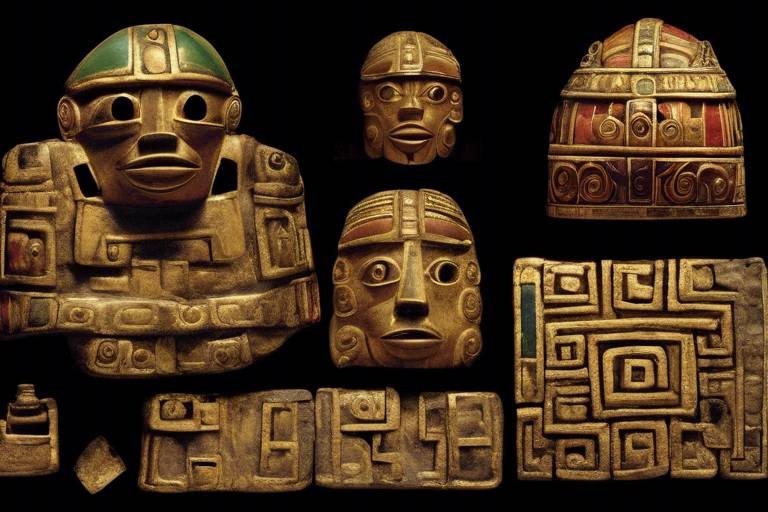Exploring the Ruins of Petra - The Lost City of Stone
The ancient city of Petra, nestled in the rugged desert of Jordan, beckons explorers and history enthusiasts alike with its mystical allure. Carved into the rose-red cliffs by the industrious Nabateans, Petra stands as a testament to human ingenuity and resilience against the harsh elements of time. As you step into this archaeological wonderland, you are transported back in time to an era of grandeur and mystery.
Walking through the narrow Siq, a natural rock formation that serves as the gateway to Petra, you are greeted by the awe-inspiring sight of the Treasury building, its intricate façade glowing in the sunlight. The architectural marvels of Petra, including the Royal Tombs and the Monastery, showcase the skilled craftsmanship and artistic vision of the Nabateans, leaving visitors mesmerized by the intricate details etched into the stone.
As you delve deeper into the ancient city, you uncover the lost city mysteries that shroud Petra in an air of intrigue. From the legends of hidden treasures to the theories of its sudden abandonment, Petra's enigmatic past fuels the imagination and invites speculation about its untold stories waiting to be revealed.
Modern excavations continue to unearth new discoveries and shed light on the rich history of Petra, offering insights into the daily life, trade routes, and religious practices of the Nabateans. The ongoing preservation efforts aim to safeguard Petra's fragile structures and delicate carvings, ensuring that future generations can marvel at its wonders.
Despite the influx of tourists eager to witness Petra's splendor, the delicate balance between preservation and sustainable tourism remains a pressing issue. The conservation challenges faced by this UNESCO World Heritage Site highlight the need for responsible travel practices and a shared commitment to safeguarding Petra's cultural legacy.
For the people of Jordan, Petra holds deep cultural significance as a symbol of national pride and heritage. Its enduring presence serves as a reminder of the country's rich past and the resilience of its people in the face of adversity, embodying the spirit of unity and identity that defines the nation.
Visiting Petra today offers a chance to immerse yourself in history, explore ancient ruins, and witness the timeless beauty of this archaeological gem. Whether you choose to hike to the High Place of Sacrifice, marvel at the Roman Theater, or simply soak in the panoramic views, Petra promises an unforgettable journey through time and space.
As we ponder the future of Petra, we are confronted with the challenges of preserving its legacy while embracing the opportunities for research and discovery that lie ahead. The continued fascination with Petra's mysteries and the enduring allure of its stone-carved wonders ensure that this lost city will remain a beacon of exploration and wonder for generations to come.
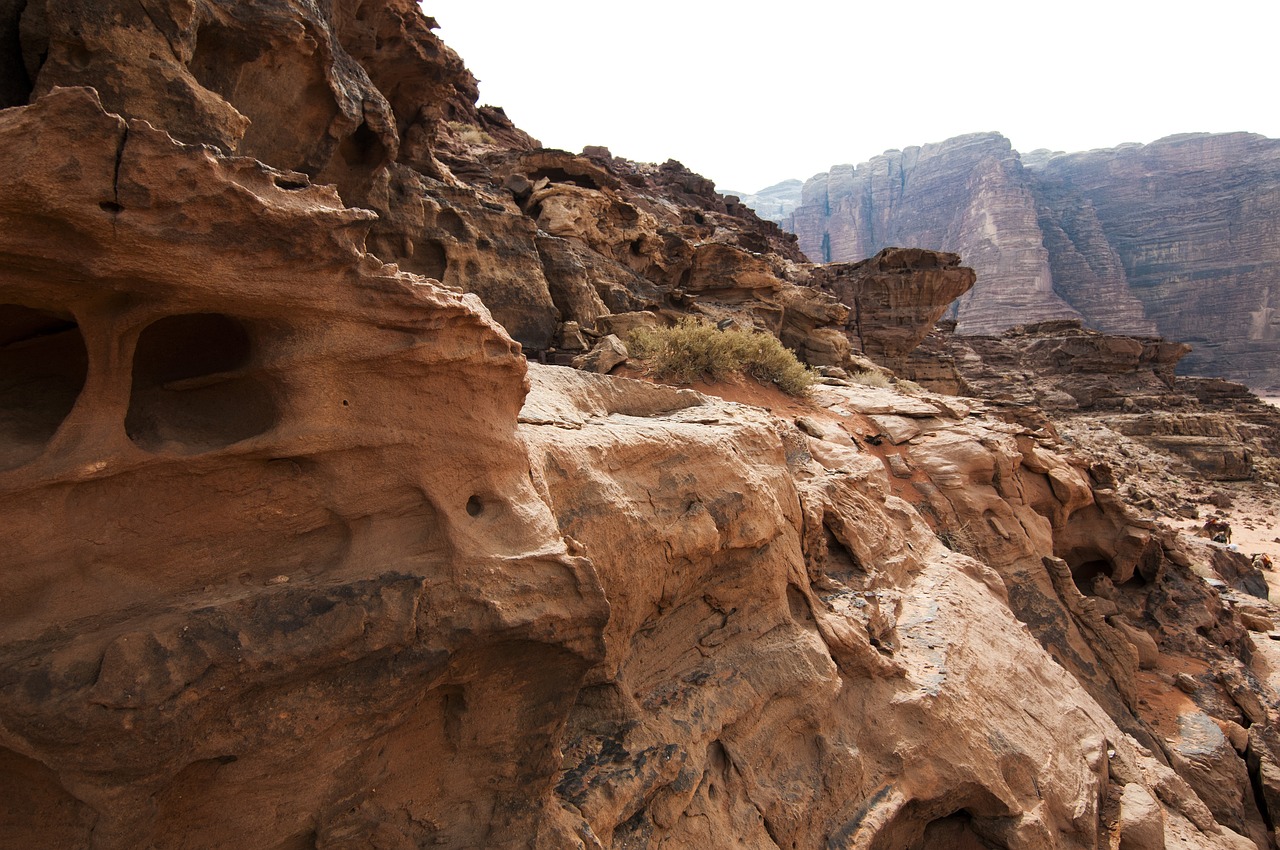
History of Petra
The dates back to ancient times, revealing a fascinating tale of a once-thriving Nabatean city nestled in the heart of Jordan's rose-red cliffs. This UNESCO World Heritage Site stands as a testament to the ingenuity and craftsmanship of its creators, who carved magnificent structures into the sandstone rock faces, blending seamlessly with the natural landscape.
The origins of Petra can be traced back to the 6th century BCE when it served as a crucial hub for trade routes, connecting the Arabian Peninsula, Egypt, and the Levant region. The Nabateans, a nomadic Arab tribe, settled in Petra and transformed it into a bustling city with elaborate water management systems, temples, and tombs that showcased their architectural prowess.
One of the most iconic structures in Petra is the Treasury, carved into the rock face with intricate details and a sense of grandeur that mesmerizes visitors to this day. The city flourished under Nabatean rule, reaching its peak around the 1st century CE before gradually declining due to changing trade routes and political upheavals in the region.
Despite its eventual abandonment and obscurity, Petra's mystique endured through the ages, shrouded in legends and myths that added to its allure. It wasn't until the early 19th century when Swiss explorer Johann Ludwig Burckhardt rediscovered Petra, bringing it back into the spotlight and capturing the imagination of the Western world.
Today, Petra stands as a symbol of resilience and cultural heritage, offering visitors a glimpse into the past and a chance to marvel at the architectural marvels left behind by the Nabateans. Its rich history continues to unfold through ongoing archaeological excavations and research efforts that shed light on the city's significance in the ancient world.

Architectural Marvels
The of Petra stand as a testament to the ingenuity and craftsmanship of the ancient Nabateans. Carved into the rose-red cliffs of Jordan, Petra boasts a collection of intricate tombs, temples, and monuments that showcase the advanced architectural skills of its creators. The most iconic structure, the Treasury, greets visitors at the end of the narrow Siq canyon, leaving them in awe of its grandeur and detail.
Walking through the ancient city, one can't help but marvel at the blend of natural beauty and human artistry that defines Petra. The Royal Tombs, with their elaborate facades and burial chambers, offer a glimpse into the funerary practices of the Nabateans. The Great Temple, a massive complex dedicated to the deities of the time, stands as a symbol of religious devotion and architectural prowess.
Each structure in Petra tells a story of a civilization that thrived in the harsh desert landscape, utilizing clever engineering techniques to create lasting monuments. The Amphitheater, carved into the rock, speaks of gatherings and performances that once echoed through the ancient city. The Street of Facades, lined with impressive tomb facades, evokes a sense of mystery and reverence for the past.
Exploring the architectural wonders of Petra is like stepping back in time, where every corner reveals a new marvel waiting to be discovered. The intricate carvings, the majestic columns, and the strategic placement of buildings all contribute to the awe-inspiring beauty of this ancient city. It's a journey through history and art, where the stones themselves whisper tales of a bygone era.

Geological Wonders
The of Petra are truly awe-inspiring, showcasing nature's artistic mastery alongside human ingenuity. The city is nestled in the rugged terrain of southern Jordan, surrounded by towering sandstone cliffs that have been sculpted by wind and water over millennia. One of the most iconic features of Petra is the Siq, a narrow canyon that serves as the main entrance to the ancient city. As you traverse this winding passageway, the sheer rock walls rise up to 200 meters high, creating a dramatic and mystical pathway towards the hidden treasures within.
Carved by the force of water flowing through the rock, the Siq is a testament to the geological forces that have shaped Petra's landscape. The smooth curves and striations in the sandstone walls tell a story of ancient rivers and tectonic shifts, preserving a record of the earth's history in vivid detail. Walking through the Siq feels like stepping back in time, as if the rocks themselves are whispering tales of the past to those who listen closely.
Emerging from the Siq, visitors are greeted by the Treasury, Petra's most famous monument. This imposing facade, carved directly into the cliff face, is a marvel of both natural and human artistry. The intricate details of the Treasury's columns and sculptures are a testament to the skilled craftsmen who once called Petra home, their work standing as a tribute to the blending of nature and civilization in this ancient city.
Throughout Petra, other geological wonders abound, from the towering monoliths that dot the landscape to the amphitheater carved into the rock, each feature a testament to the harmonious relationship between nature and human endeavor. As you explore the ruins of Petra, take a moment to marvel at the geological formations that have stood the test of time, their beauty and grandeur a reminder of the enduring power of the earth.
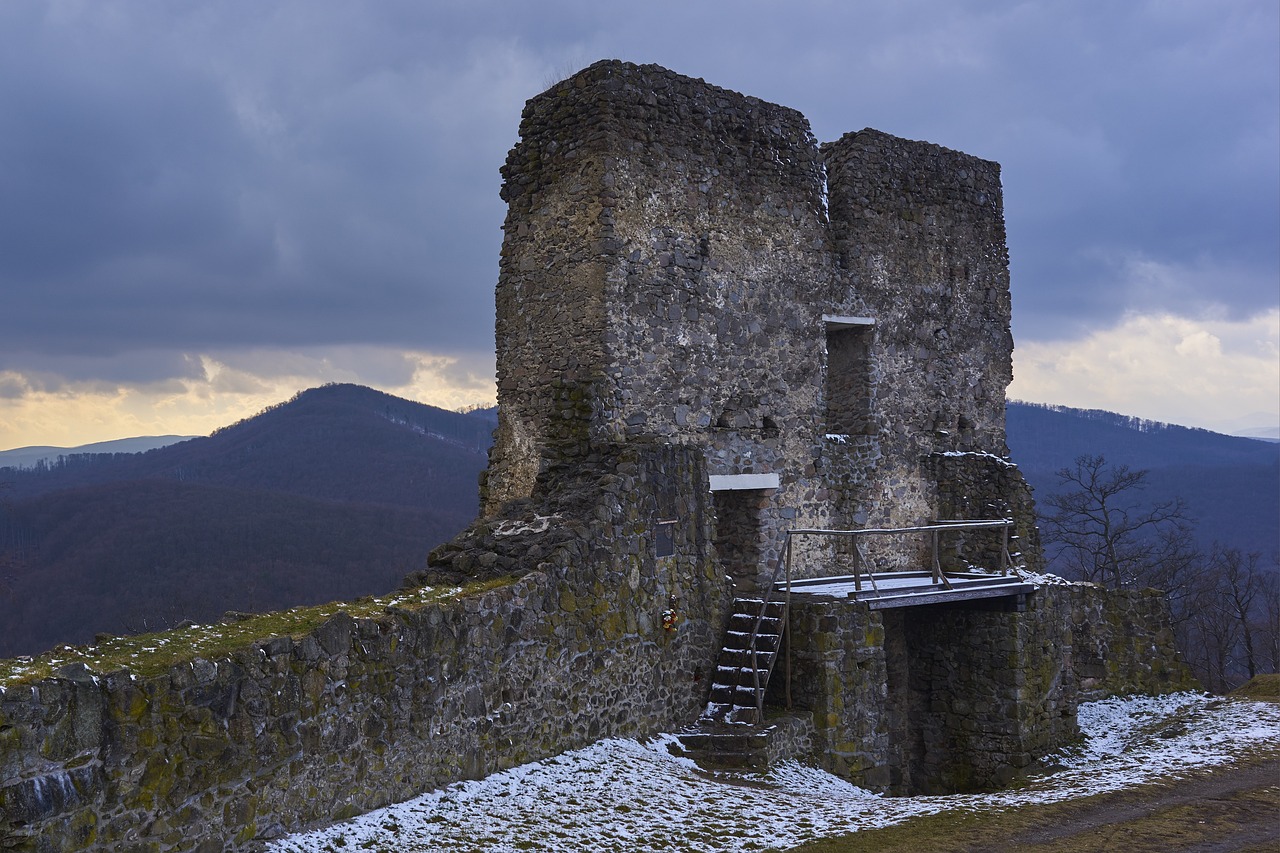
Lost City Mysteries
The of Petra are shrouded in intrigue and speculation, adding an air of mystique to this ancient wonder. One of the most enduring mysteries is the sudden abandonment of Petra by its inhabitants, leaving behind a city carved into the rock that stood silent for centuries. Scholars and archaeologists have puzzled over the reasons behind this enigmatic exodus, with theories ranging from economic decline to natural disasters.
Legends and folklore also contribute to the mystique of Petra, with tales of hidden treasures and lost civilizations captivating the imagination of visitors. The iconic Treasury building, with its intricate façade and hidden chambers, has fueled speculation about secret chambers and undiscovered riches waiting to be unearthed.
Exploring the winding passageways and hidden tombs of Petra reveals a tapestry of stories etched in stone, hinting at the lives and beliefs of the Nabatean people who once thrived in this rocky enclave. The rock-cut architecture itself holds clues to the advanced engineering skills and artistic prowess of its creators, showcasing a civilization that flourished in a challenging desert landscape.
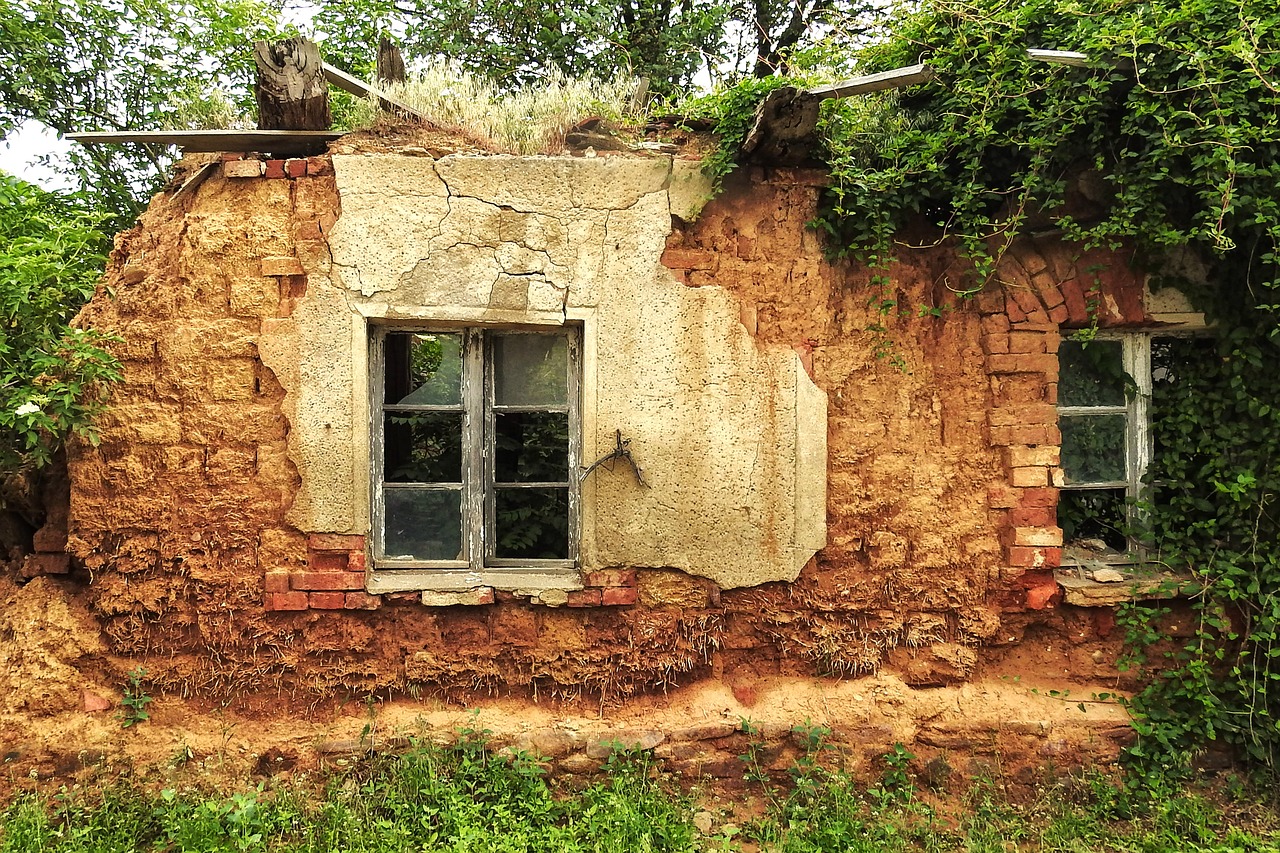
Modern Excavations
Modern Excavations at Petra offer a fascinating glimpse into the ancient city's past, as archaeologists tirelessly work to uncover its hidden secrets. The ongoing excavations reveal intricate details about the daily life, culture, and architecture of the Nabateans, shedding light on their remarkable achievements. With advanced technologies and meticulous techniques, experts carefully unearth artifacts and structures, piecing together the puzzle of Petra's history.
Archaeologists meticulously document their findings, preserving the delicate remnants of Petra's past for future generations to study and appreciate. Through a combination of fieldwork, analysis, and conservation efforts, these modern excavations aim to unravel the mysteries of Petra while safeguarding its fragile heritage. The meticulous process of excavation not only uncovers new discoveries but also helps in understanding the evolution of this ancient city over time.
One of the key challenges faced by archaeologists in Petra is striking a balance between exploration and preservation. As the site attracts a growing number of visitors each year, the need to protect its archaeological integrity becomes increasingly critical. Conservation efforts play a vital role in maintaining the authenticity of Petra's structures and artifacts, ensuring that they endure for future generations to admire and study.
The collaboration between local authorities, international experts, and conservation organizations is essential in safeguarding Petra's cultural heritage. By employing sustainable practices and innovative technologies, modern excavations not only reveal the past but also contribute to the long-term preservation of this extraordinary archaeological site. The dedication and expertise of archaeologists continue to uncover new facets of Petra's history, enriching our understanding of this ancient marvel.

Tourism and Conservation
Tourism and conservation are two intertwined aspects that play a crucial role in the preservation and sustainable development of Petra, the ancient city of stone. As one of the most visited archaeological sites in the world, Petra faces the challenge of balancing the influx of tourists with the need to protect its fragile structures and natural surroundings. The delicate dance between promoting tourism and ensuring conservation efforts is essential to safeguarding Petra for future generations.
With over 800,000 visitors annually, Petra has become a symbol of Jordan's cultural heritage and a significant source of revenue for the country. The site's popularity brings economic benefits to the local community, supporting businesses and livelihoods. However, the sheer volume of tourists poses a threat to the site's integrity, leading to issues such as erosion, littering, and wear and tear on ancient structures.
To address these challenges, conservation initiatives have been implemented to mitigate the impact of tourism on Petra. Preservation projects focus on maintaining the structural stability of monuments, preventing further deterioration, and promoting sustainable practices among visitors. Educational programs and visitor guidelines aim to raise awareness about the importance of responsible tourism and the need to respect the site's historical significance.
Moreover, efforts to strike a balance between tourism and conservation involve regulating visitor numbers, implementing infrastructure improvements, and establishing designated paths to minimize environmental damage. Collaborative partnerships between government agencies, local communities, and international organizations are essential in ensuring the long-term protection of Petra while enhancing the visitor experience.
Conservationists and archaeologists work tirelessly to uncover the secrets of Petra's past while safeguarding its future. By promoting sustainable tourism practices and fostering a sense of stewardship among visitors, Petra can continue to enchant and inspire generations to come.
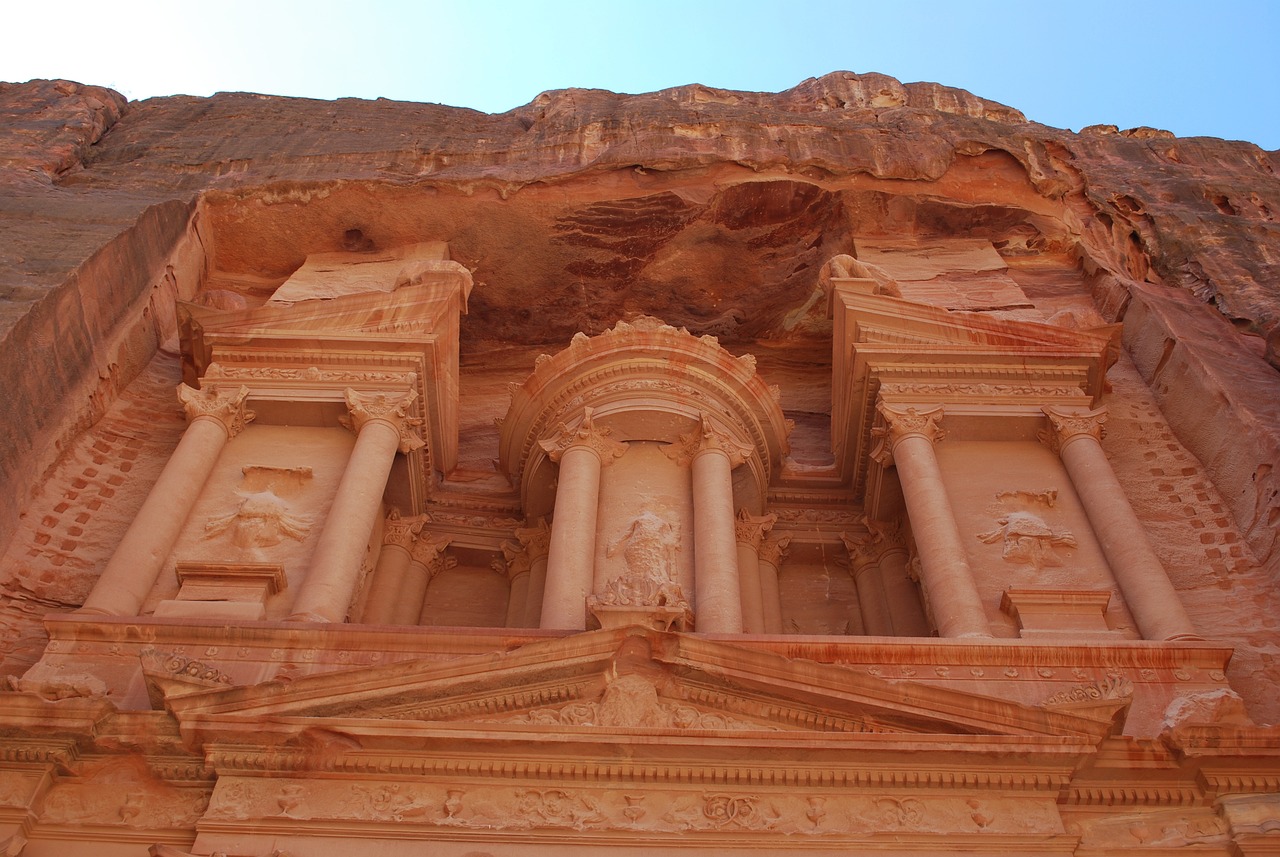
Cultural Significance
The of Petra extends far beyond its ancient ruins and architectural wonders. This mystical city holds a special place in the hearts of the people of Jordan and serves as a symbol of pride and heritage for the nation. The Nabateans, who once thrived in Petra, left behind a legacy of craftsmanship and innovation that continues to inspire awe and admiration.
Visitors to Petra today are not only greeted by stunning rock-cut facades and intricate carvings but also by a sense of connection to a rich history that has shaped the region for centuries. The blend of Greco-Roman, Egyptian, and Mesopotamian influences in Petra's architecture reflects the city's role as a crossroads of ancient civilizations, making it a treasure trove of cultural heritage.
Moreover, Petra's significance transcends mere historical value; it embodies the resilience and ingenuity of the human spirit in the face of adversity. The city's ability to endure centuries of abandonment and rediscovery symbolizes the enduring power of culture to withstand the test of time and preserve the stories of those who came before us.
As a UNESCO World Heritage Site, Petra stands as a testament to the universal importance of safeguarding our shared cultural heritage. The ongoing efforts to protect and conserve the site not only ensure its physical survival but also contribute to the preservation of collective memory and identity for future generations.
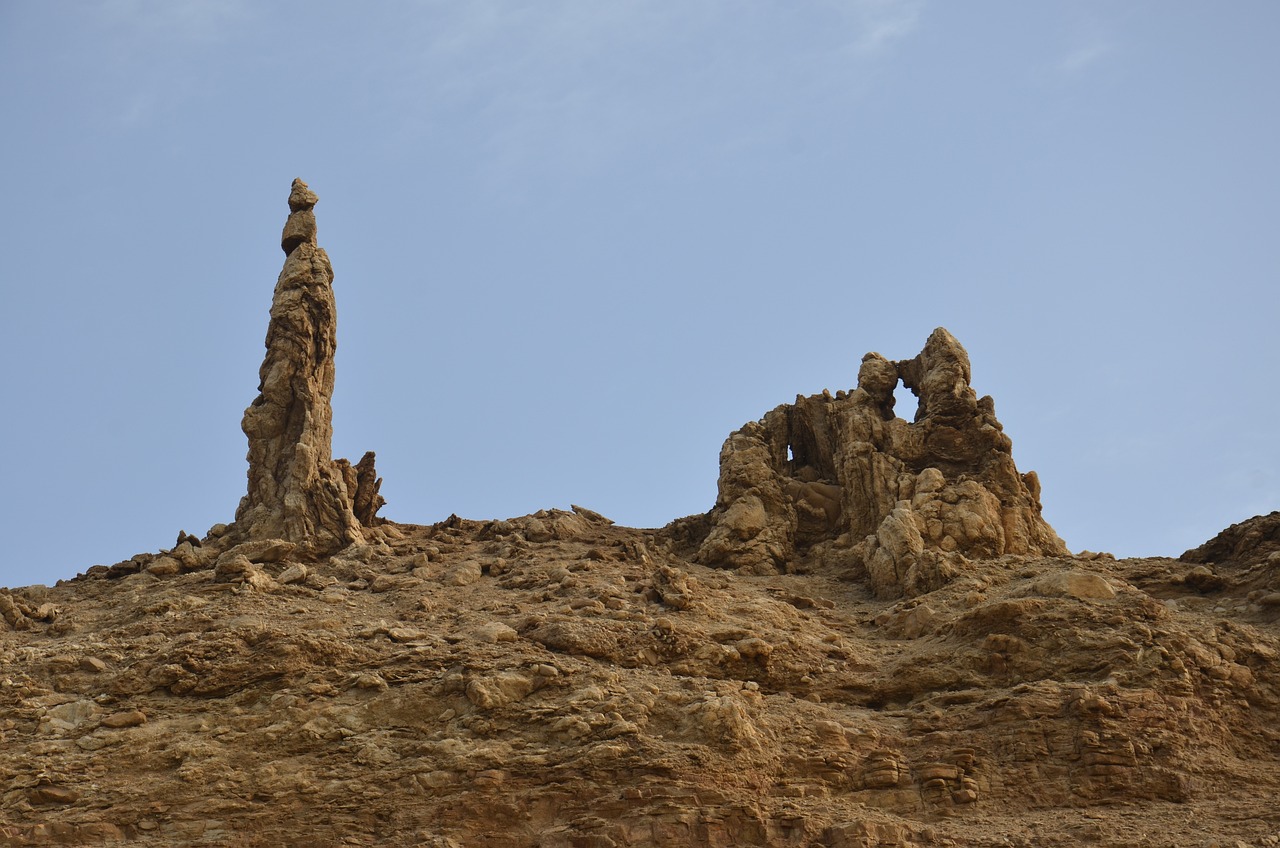
Visiting Petra Today
Visiting Petra today is a journey back in time, where ancient wonders meet modern exploration. As you step into this archaeological marvel, you are greeted by the majestic Treasury building, carved into the rock face with intricate details that whisper tales of a bygone era. The rose-red cliffs of Petra stand as silent sentinels, guarding the secrets of a lost civilization waiting to be discovered.
One of the highlights of a visit to Petra is the Siq, a narrow canyon that winds its way through the rock formations, leading you to the grand reveal of the Treasury. Walking through the Siq is like entering a portal to the past, with every step unveiling the ancient mysteries of this UNESCO World Heritage Site.
Exploring Petra today offers a blend of history, adventure, and cultural immersion. From the Royal Tombs to the Monastery, each monument tells a story of the Nabateans' ingenuity and artistic prowess. The Amphitheater echoes with the voices of the past, inviting visitors to imagine the events that once unfolded within its stone walls.
For those seeking a deeper connection with Petra, guided tours provide insights into the site's significance and historical context. Local guides share their knowledge and passion for this ancient city, offering a glimpse into the lives of the people who once thrived amidst these rocky landscapes.
As you wander through the Street of Facades and the Great Temple, you can't help but marvel at the sheer scale of the architectural feats achieved by the Nabateans. The intricate carvings, the towering columns, and the elaborate structures speak of a civilization that revered beauty and craftsmanship.
Visiting Petra today is not just about sightseeing; it's about experiencing a sense of wonder and awe at the resilience of the human spirit and the enduring legacy of a lost city carved in stone. Whether you're a history enthusiast, an adventure seeker, or a cultural explorer, Petra offers a journey like no other, where the past and present converge in a timeless embrace.
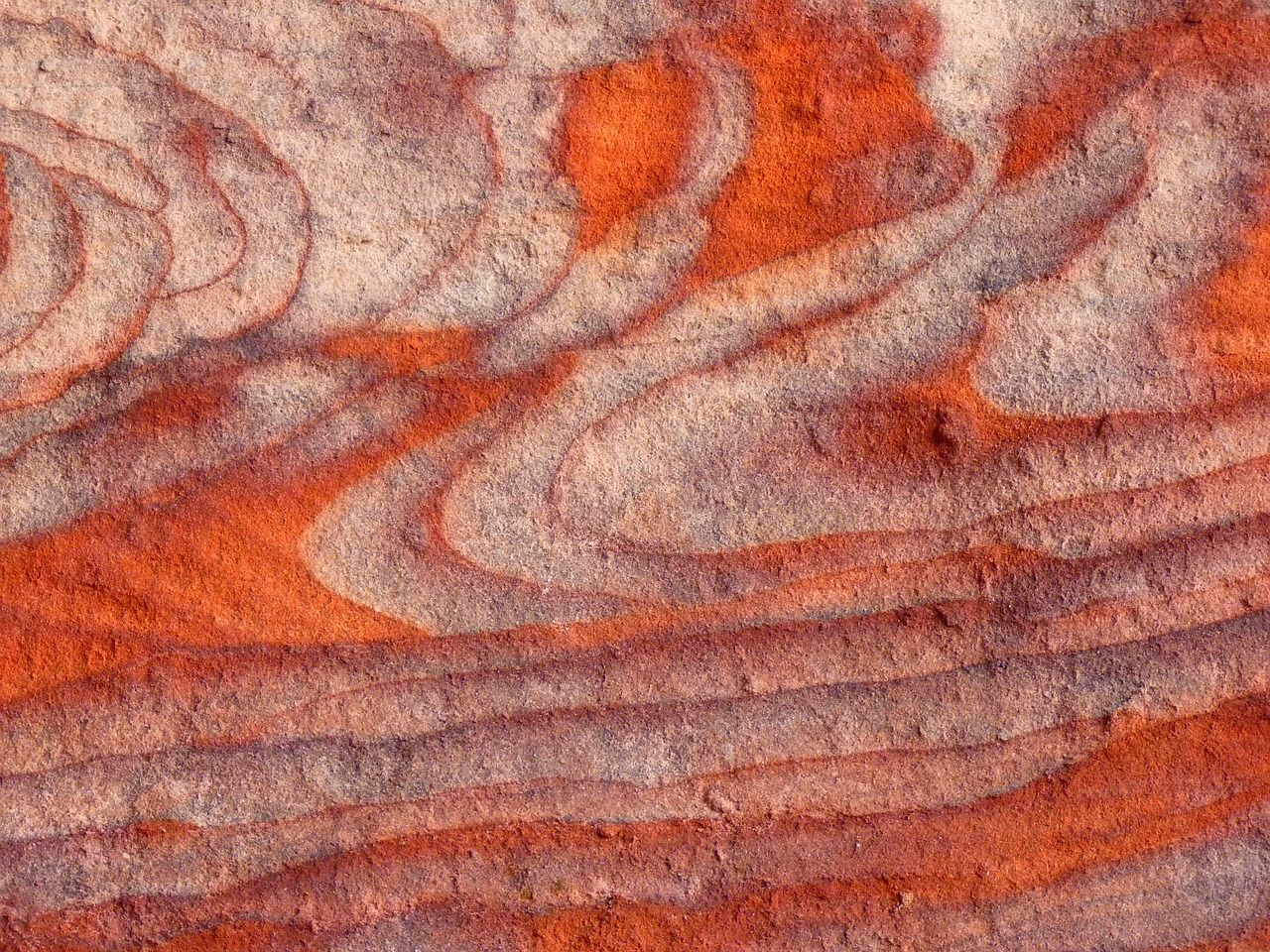
Future of Petra
Petra, the ancient city of stone, stands as a timeless marvel of human history, captivating visitors with its rich heritage and architectural wonders. As we gaze into the future of Petra, we are faced with both prospects of continued fascination and challenges of preservation.
The future of Petra holds the promise of further discoveries and revelations, as ongoing archaeological excavations continue to unearth hidden treasures buried beneath the desert sands. These discoveries not only enrich our understanding of the past but also pave the way for new insights into the ancient Nabatean civilization.
However, the future of Petra also raises concerns about the impact of modernization and tourism on this delicate site. As visitor numbers increase each year, there is a pressing need to strike a balance between accessibility for tourists and the preservation of Petra's fragile structures and rock-cut monuments.
Preservation efforts play a crucial role in safeguarding Petra for future generations, ensuring that this UNESCO World Heritage Site remains a beacon of cultural heritage for years to come. By implementing sustainable tourism practices and conservation strategies, we can protect Petra's legacy while allowing visitors to experience its magic.
Looking ahead, the future of Petra hinges on the collective efforts of archaeologists, conservationists, and local communities to safeguard this ancient wonder. By fostering a deeper appreciation for Petra's historical significance and cultural value, we can ensure that it continues to inspire awe and wonder for generations to come.
Frequently Asked Questions
- What is the best time of year to visit Petra?
The best time to visit Petra is during the spring (March to May) and autumn (September to November) when the weather is mild and ideal for exploring the ancient city.
- Are there guided tours available at Petra?
Yes, there are numerous guided tours available at Petra that offer insightful information about the history, architecture, and significance of the site. It is recommended to book a guided tour for a more enriching experience.
- How long does it take to explore Petra?
It typically takes a full day to explore the main attractions of Petra, including the Siq, the Treasury, the Royal Tombs, and the Monastery. However, to fully appreciate the site, consider spending at least two days exploring the various hidden gems.
- Is Petra accessible for individuals with mobility issues?
Petra has uneven terrain and many stairs, making it challenging for individuals with mobility issues. However, there are certain areas that can be accessed with assistance, such as the main entrance to the Siq and the Treasury.
- What should I wear when visiting Petra?
It is recommended to wear comfortable and modest clothing that covers the shoulders and knees, as a sign of respect for the local culture. Additionally, sturdy walking shoes, a hat, and sunscreen are essential for exploring the site comfortably.



